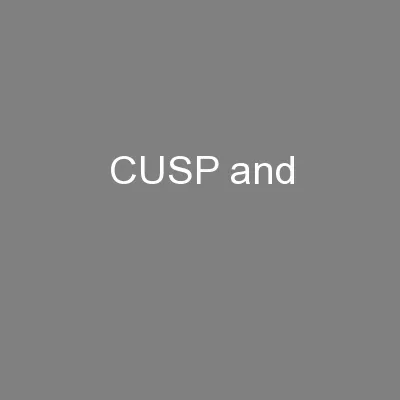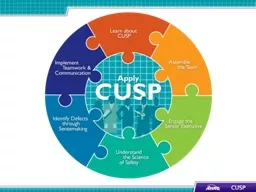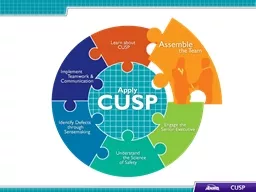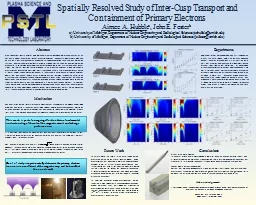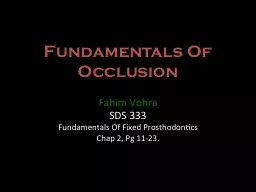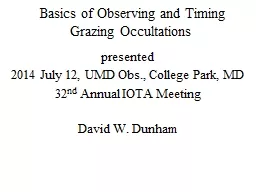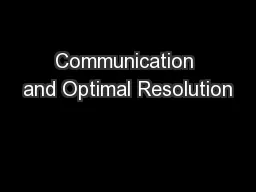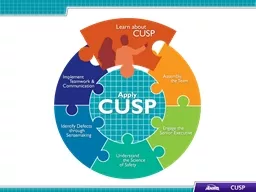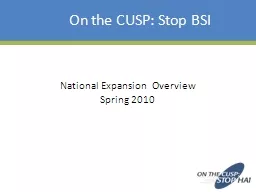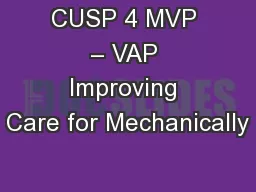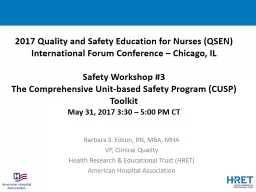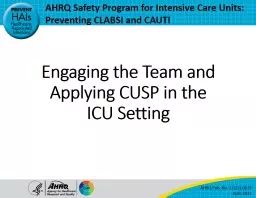PPT-CUSP and
Author : phoebe-click | Published Date : 2016-07-19
Sensemaking Tools 1 CUSP Tools Sensemaking Tools Staff Safety Assessment Discovery Form Safety Issues Worksheet Root Cause Analysis Learn from Defects Form Failure
Presentation Embed Code
Download Presentation
Download Presentation The PPT/PDF document "CUSP and" is the property of its rightful owner. Permission is granted to download and print the materials on this website for personal, non-commercial use only, and to display it on your personal computer provided you do not modify the materials and that you retain all copyright notices contained in the materials. By downloading content from our website, you accept the terms of this agreement.
CUSP and: Transcript
Download Rules Of Document
"CUSP and"The content belongs to its owner. You may download and print it for personal use, without modification, and keep all copyright notices. By downloading, you agree to these terms.
Related Documents

